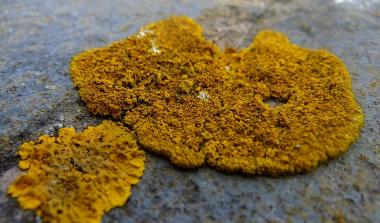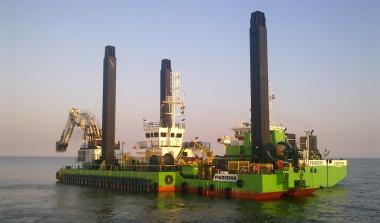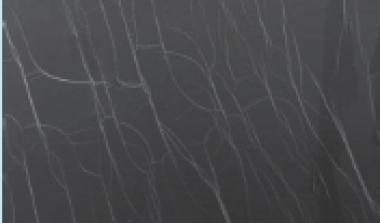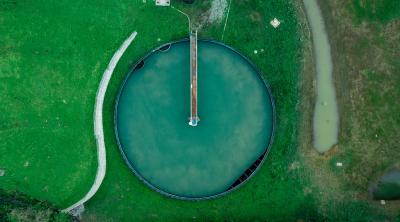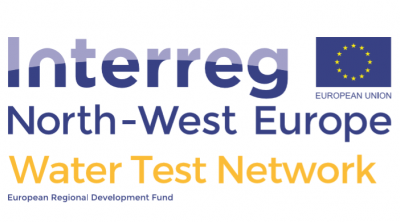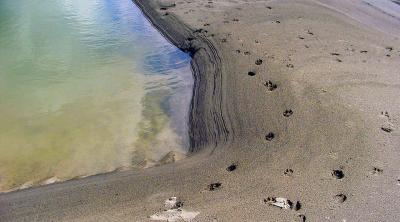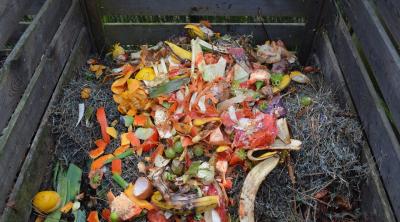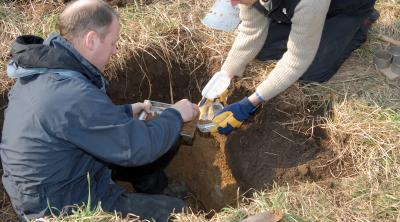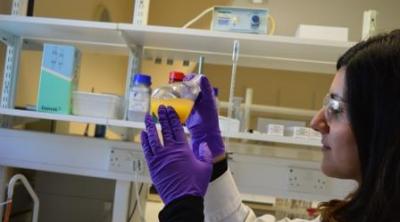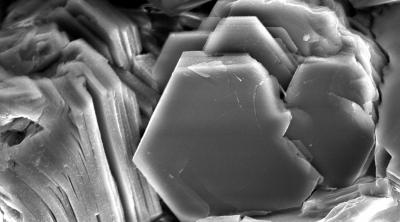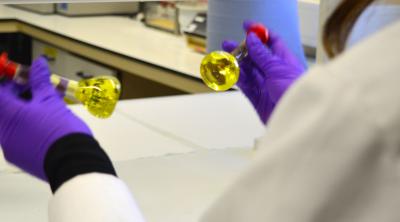Fourier Transform Infrared Spectroscopy (FTIR)
Sector: Extractive Industries, Food & Drink, The Environment
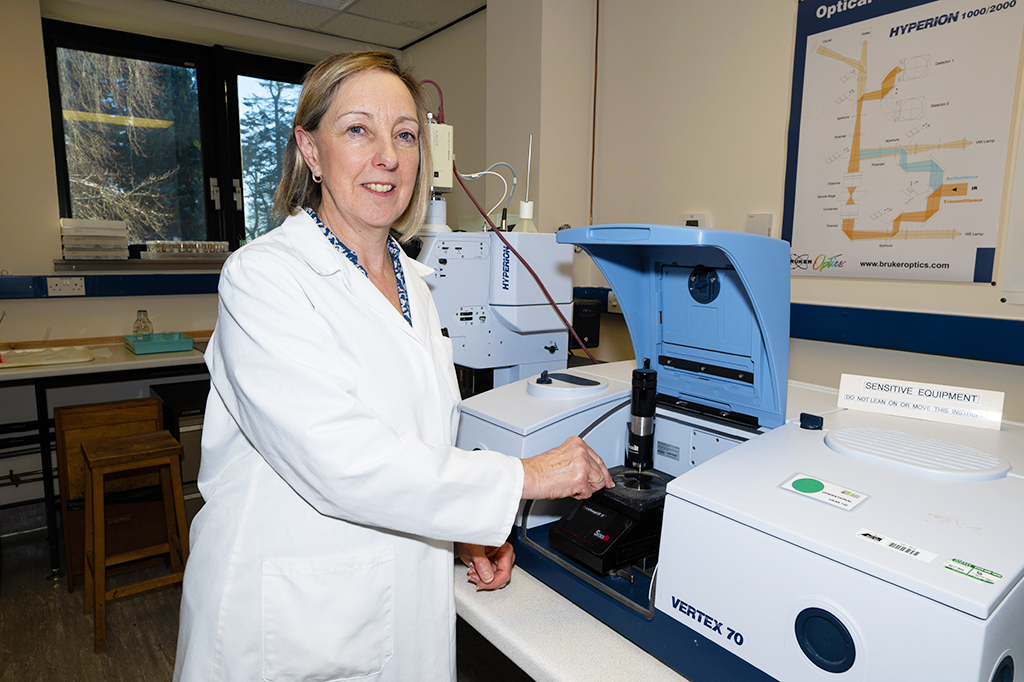 FTIR Spectroscopy is a versatile analytical technique capable of providing a chemical fingerprint for a wide range of inorganic and organic samples.
FTIR Spectroscopy is a versatile analytical technique capable of providing a chemical fingerprint for a wide range of inorganic and organic samples.
The interpretation skills of our FTIR analysts have been gained by experience over a significant period of time from the analysis of a wide range of spectra of sample types and we excel at problem solving.
FTIR was first used to analyse commercial samples by James Hutton Institute predecessor organisations around 1990, resulting in over 30 years of analysing a wide range of sample types supplied from the oil and gas sector, engineering companies, mining companies and the food industry.
Our team has created libraries of reference IR spectra from a large number of recorded spectra of commercial and various in-house samples which provides important additional reference spectra in addition to standard commercial libraries.
The James Hutton Institute FTIR section provides a range of timescales for completion of FTIR analyses and issuing reports, and comprehensive sample preparation procedures ensure that all components in a mixture are analysed e.g solvent fractionation.
FTIR Spectroscopy can identify, characterise and qualify a large variety of samples from biological to clay minerals. It excels at tackling ‘problem samples’, identifying unknowns or confirming identification based on a reference material.
Typical Applications


Paints, plastics, coatings.


Drugs, cosmetics.


Engine internal deposits, engineering components, failed/degraded rubber seals.

Scale deposits, corrosion products, produced water solids, brines, drilling fluids, clay minerals and pipeline blockages e.g. sludges and naphthenates.
Instrumentation
- Bruker 70 FTIR spectrometer with Hyperion microscope
- NIR Foss 5000
Accreditation
The James Hutton Institute analytical laboratories operate to the standards required by UKAS accreditation and many of our routine techniques are accredited. A full accreditation schedule can be found at www.UKAS.com
Our ability to perform a huge variety of techniques means that in general a one-off analysis may not be accredited but our total commitment to high standards ensures it will be carried out to the exacting specifications that accreditation requires.
Contact us for further information.

Watch our free analytical webinar covering problem samples & scientific solutions / exploring investigative techniques for the energy sector
Case Studies




